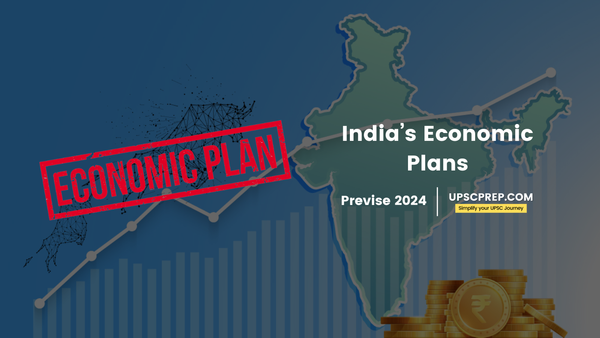Table of contents
The UPSC Civil Services Examination demands a keen understanding of economic concepts and their role in shaping a nation's development trajectory.
This section explores some key economic plans, enabling you to navigate complex policy discussions and formulate well-informed strategies.

Bombay Plan
- A group of influential business leaders drew up a plan for the economic development of India in Bombay.
- J. R. D. Tata and G. D. Birla initiated it, and other industrialists like P. Thakurdas, Kasturbhai Lalbhai, Ardeshir Dalal, A. D. Shroff and Dr. John Matthai were also part of it.
- In 1944, FICCI endorsed the Bombay Plan, which had a balanced economy and a raised standard of living as principal objectives.
- Minimum living standards were on the basis of well-balanced food, clothing and housing along with elementary education, sanitation, water supply, village dispensaries and hospitals.
- Share of agriculture, industry and services in total GDP is to be changed from 53, 17 and 22 percent, respectively, to 40, 35 and 20 percent.


People's Plan
- This plan was put forth by M N Roy and drafted by the Post- War Reconstruction Committee of the Indian Federation of Labour.
- Its aim was to satisfy immediate basic needs of Indians within a period of ten years by expanding production and equitable distribution of the goods.
- Though the focus was on every sphere of economic activity, the main emphasis was on agricultural development as it would have improved the purchasing power of the people.
- Plan formulated nationalization of land, scaling down of rural indebtedness, extension of the area under cultivation and intensification of cultivation.
- It also prioritized manufacture of consumer goods and improvement of railways, roads and shipping in a planned economy.



Sarvodaya Plan
- This plan was inspired by the Gandhian Plan, presented by Vinoba Bhave and drafted by Jaiprakash Narayan.
- It emphasized the importance of agriculture and village industries, especially small-scale textile and cottage industries.
- The plan recommended the Luddite approach and was gloomy towards foreign technology.
- It also stressed upon land reforms and decentralized participatory people planning.
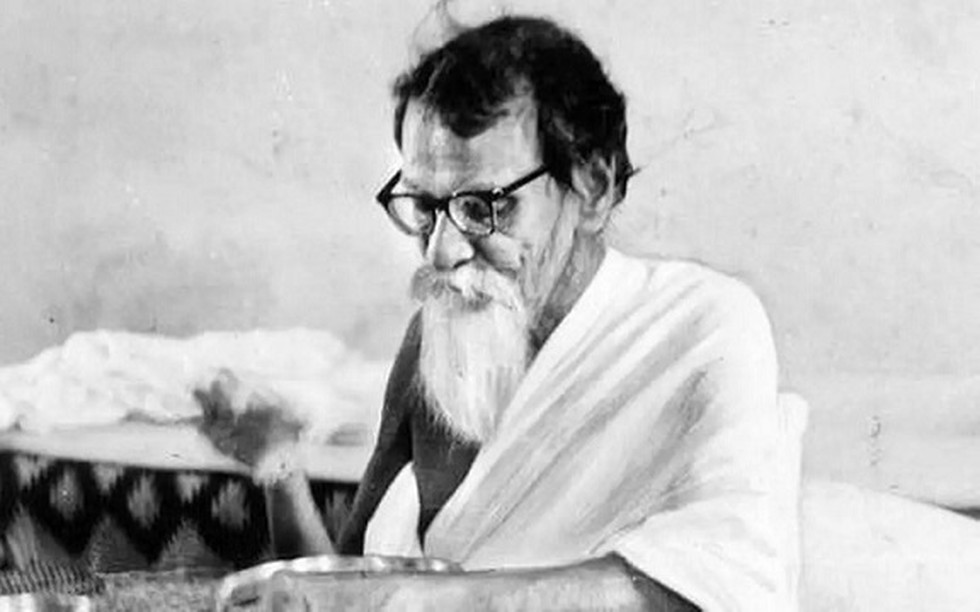
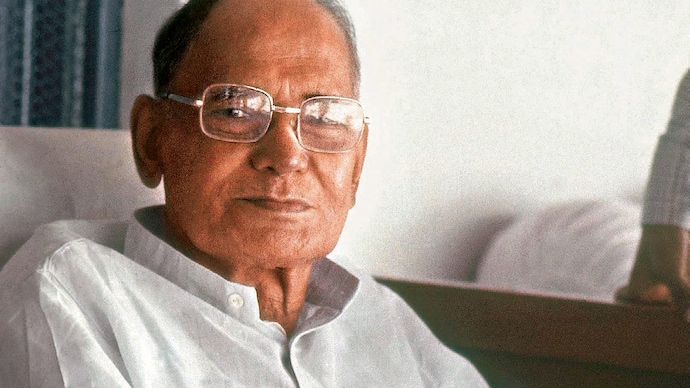
Vinoba Bhave and Jaiprakash Narayan
Feldman Mahalanobis Model
- The Feldman Mahalanobis model is a Neo Marxist economic development model by Soviet economist G. A. Feldman and Indian statistician Prasanta Chandra Mahalanobis in 1953.
- It focuses on building up a domestic consumption goods sector by shifting from industrial investment based development.
- For increasing consumption, investment in production of capital goods is a priority.
- The first five-year plan was based on the premise that production required capital and capital can be accumulated through investment.
- Mahalanobis criticized it for undermining the inability to address real constraints of the economy like choice problems of planning over time.
- Thus Mahalanobis introduced a two-sector model, which was later expanded into a four-sector version.
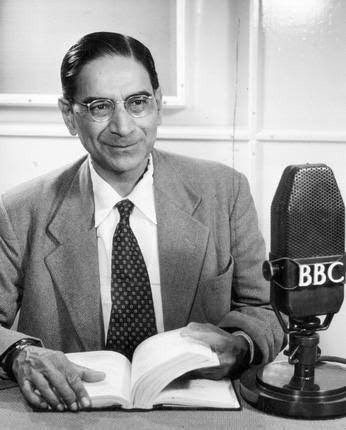
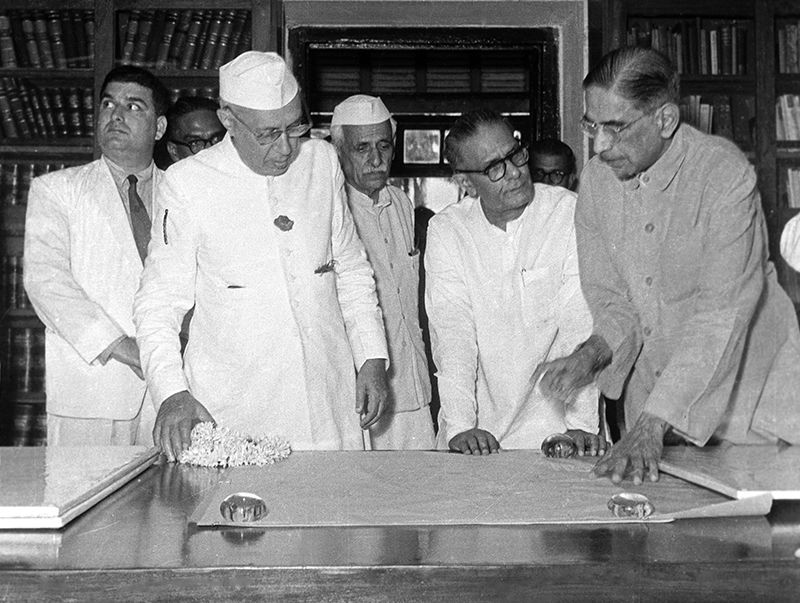
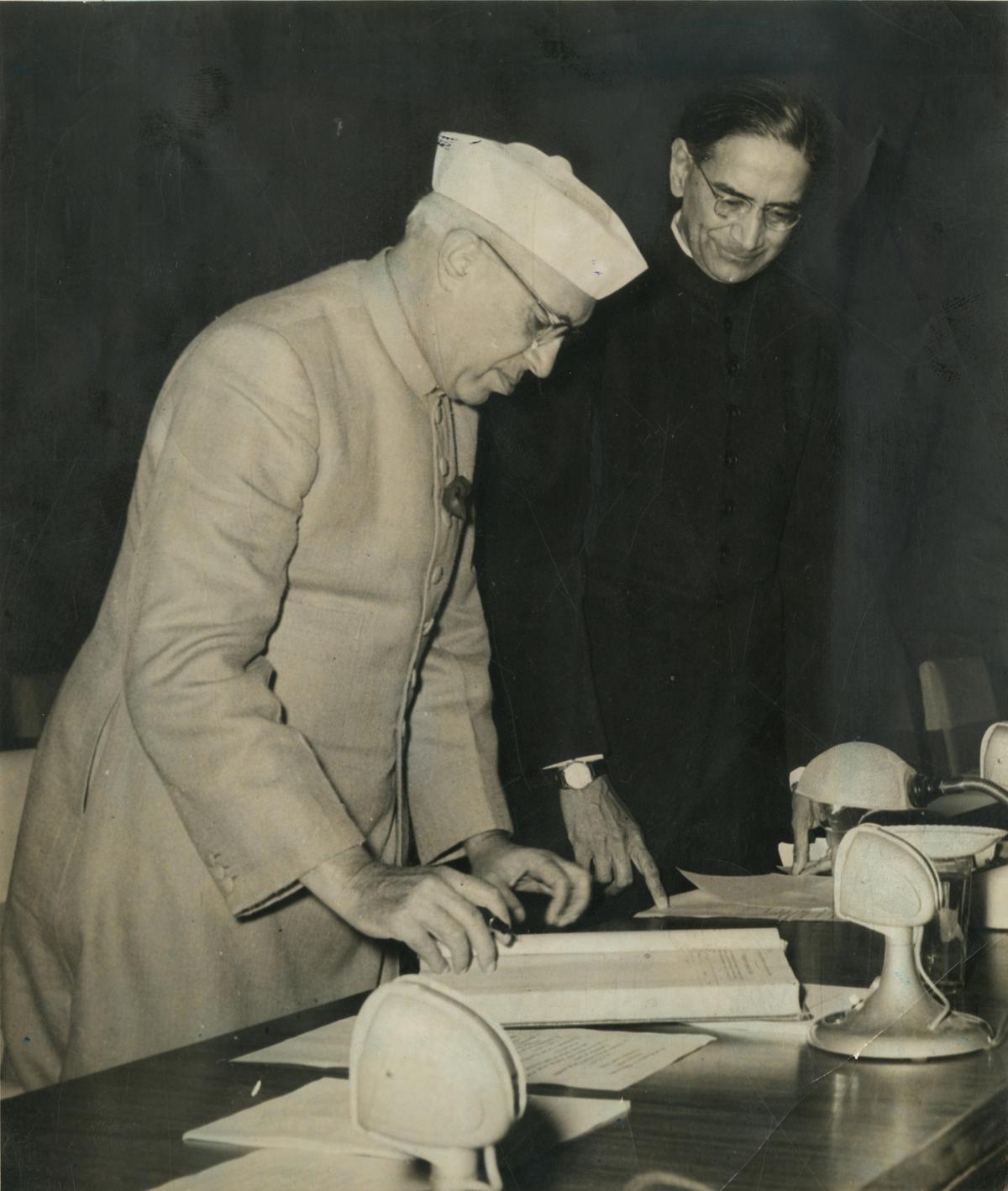
The Wage Good Model
- Prominent economists C N Vakil and P R Brahmananda advocated the Wage Good model and differed from the Mahalanobis strategy.
- They opined that productivity of the workers depends on how much they consumed and if people were undernourished, they would become less efficient.
- To address this, they must be fed to increase their productivity. This is not true for all consumer goods, so they differentiated between Wage Good (whose consumption increased worker productivity) and Non-Wage Good (whose consumption did not).
- For development, mechanization of agriculture and increase in food production is a must.

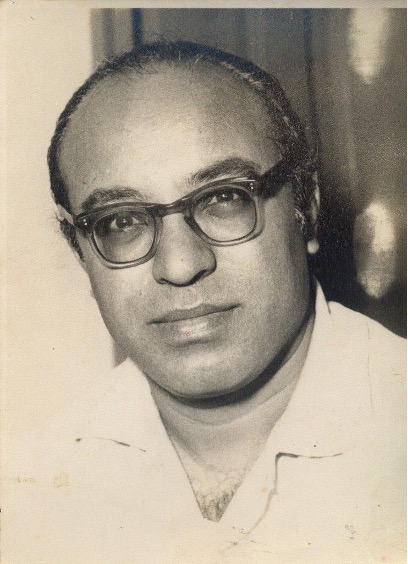
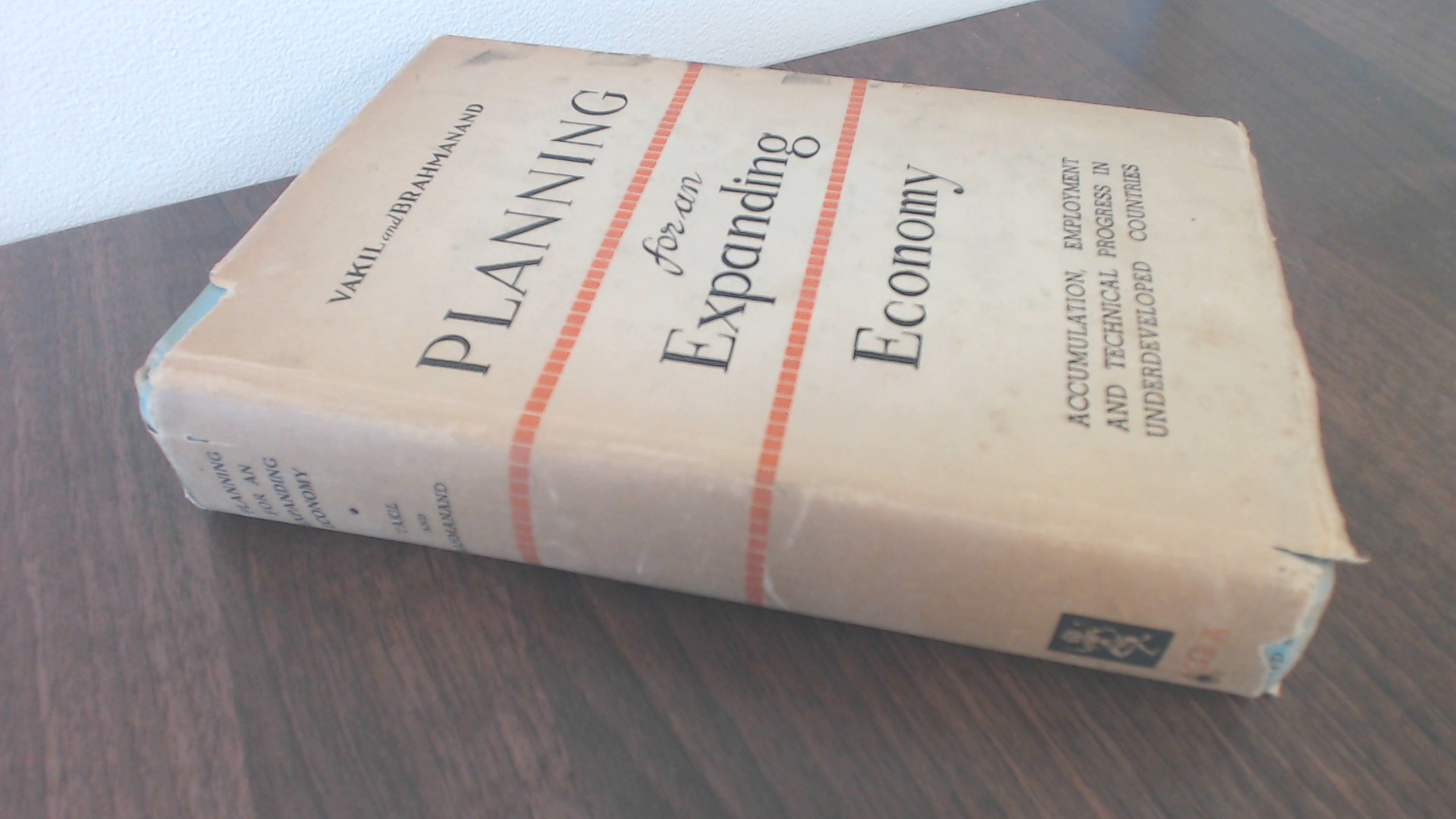
Five Year Plans
- The five-year plan was a method of planned economic growth, first in the Soviet Union and later in India after 1951.
- The 12th five-year plan ended in 2017 after which the five-year plans were terminated and replaced by the NITI Aayog’s 3-year action agenda, 7-year strategy paper and 15-year vision document.

